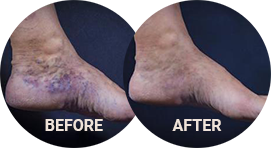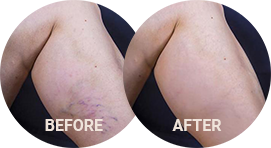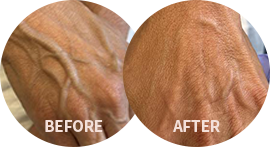Leg Tiredness, Heaviness, and Aching
Conveniently located to serve the areas of Westlake, OH
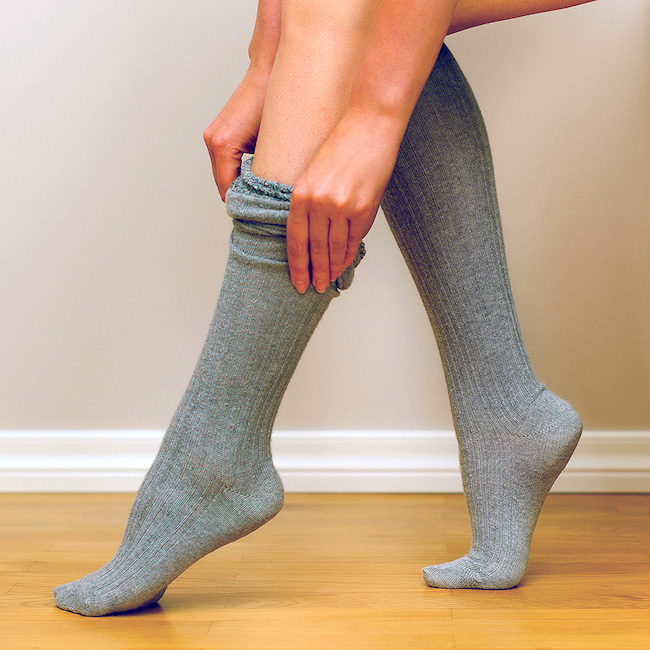
The discomfort of heavy, tired, aching legs is often indicative of varicose veins. Varicose veins are enlarged, twisted veins that occur when the valves in the veins do not function properly, causing blood to pool and the veins to become swollen and bulging.
At Premier Vein Clinic, we understand the inconvenience that comes with leg fatigue, discomfort, soreness, swelling, pain, cramps, weakness, throbbing, itching, numbness, aching and heaviness caused by varicose veins. Dr. David Naar, our highly skilled and experienced vascular surgeon, specializes in the diagnosis and treatment of vascular issues.
Take the first step towards healthier and more comfortable legs by contacting Premier Vein Clinic in Westlake at (440) 641-0433 to schedule your consultation with Dr. Naar. Let us help you regain the freedom to move with ease and confidence once again.
Contents
Understanding Varicose Veins
Varicose veins are unsightly, twisted veins visible near the surface of the skin of the lower extremities. They vary in size and appearance and can be blue to dark purple in appearance. The primary cause of varicose veins lies within the intricate network of blood vessels and valves in our legs. Normally, these valves work harmoniously to regulate the flow of blood, ensuring it moves efficiently against gravity and back towards the heart. However, when these valves become weakened or damaged, blood can pool in the veins, causing them to expand and become twisted and gnarled. This is known as chronic venous insufficiency (CVI), a condition with 150,000 new diagnoses every year. (1)
Why Do I Get Varicose Veins?
Several factors can contribute to the development of varicose veins. Hereditary predisposition is one such factor, meaning that if your parents or close family members have had varicose veins, you may be more likely to develop them as well. Additionally, certain life events and lifestyle choices can increase the risk of varicose veins. Pregnancy, for example, places increased pressure on the veins due to hormonal changes and increased blood volume. Similarly, obesity and prolonged standing or sitting can also strain the veins and lead to their dilation.
As we age, the natural wear and tear on our veins can also contribute to the formation of varicose veins. Over time, the walls of the veins may weaken, reducing their elasticity and making them more prone to dilation. Combined with other contributing factors, such as hormonal changes and a sedentary lifestyle, the risk of developing varicose veins increases.
The Effects of Venous Insufficiency
Leg Fatigue
Venous insufficiency can significantly impact the legs, resulting in a range of symptoms that affect daily life. Leg fatigue, characterized by a persistent feeling of tiredness, can make even simple activities exhausting. This fatigue stems from the compromised blood flow caused by varicose veins, which prevents the efficient delivery of oxygen and nutrients to the leg muscles.
Leg Heaviness
Leg heaviness is another common complaint among individuals with varicose veins. According to one study, it is the most common symptom of CVI, present in 70% of cases. (2) This sensation of excessive weight in the legs can make walking and standing uncomfortable, limiting one’s mobility and overall quality of life. The inadequate circulation due to varicose veins contributes to this heaviness, as the weakened veins struggle to effectively transport blood back to the heart.
Leg Aching
Leg aching is often described as a deep, throbbing pain that can be constant or intermittent. This ache may worsen after prolonged periods of standing or sitting and may be accompanied by swelling and cramps. The underlying venous insufficiency causes increased pressure within the veins, triggering this discomfort.
It is important to note that CVI can present in widely different ways, from some patients reporting only cosmetic issues with no other symptoms to the appearance of spider veins, reticular veins, varicose veins, and more serious conditions such as venous ulcers.
Candidates for Vein Treatment
Ideal candidates for vein treatments are individuals who:
- Have varicose veins or spider veins
- Are experiencing leg tiredness, heaviness, and/or aching
- Are experiencing leg cramps and/or swelling
- Suffer from venous insufficiency
- Have realistic expectations of treatment outcomes and limitations
It’s important to note that while age is not necessarily a limiting factor, individuals must be in good overall health to undergo some vascular procedures. A consultation with board-certified vascular surgeon Dr. Naar at Premier Vein Clinic can help determine which is the right vein treatment option for you.
Personal Consultation
Your one-on-one consultation with Dr. Naar will provide you with a comprehensive understanding of your varicose vein elimination options. Whether you’re seeking relief from discomfort or looking to improve the cosmetic appearance of your legs, our expert consultation will guide you towards the most suitable treatments.
With his personalized approach, you can trust that Dr. Naar will create a customized plan for your varicose vein solutions. His expertise and attention to detail will ensure that you receive the highest standard of care throughout your treatment journey.
Vein Treatments
There are several effective ways to manage varicose veins. These include the following.
Conservative Management
Non-surgical treatments for varicose veins are interventions aimed at improving blood flow and reducing swelling without the need for surgery. One such option is the use of compression stockings, which apply gentle pressure to the legs, helping to alleviate pain and discomfort. Additionally, physical activities, such as walking or swimming, promote circulation and strengthen leg muscles, reducing the severity of varicose veins.
Sclerotherapy
Sclerotherapy can effectively address a range of vein disorders, including varicose reticular and spider veins. Dr. Naar injects a specialized solution directly into the targeted veins, causing irritation and inflammation within the vein walls. This irritation prompts the veins to close off, redirecting blood flow to healthier veins nearby. Over time, the treated veins gradually fade and are absorbed by the body, resulting in a smoother, more even skin tone.
Ambulatory Phlebectomy
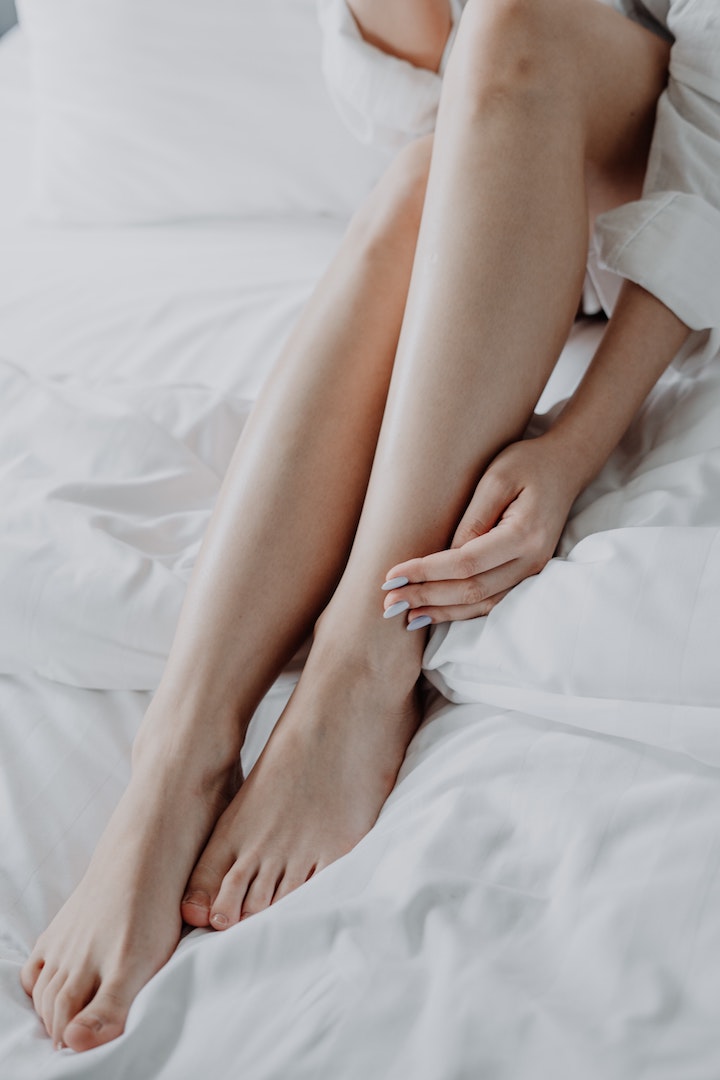
Ambulatory phlebectomy is a minimally invasive surgical technique used to treat varicose veins and other problematic leg veins. During an ambulatory phlebectomy procedure, small incisions are made along the affected veins, allowing for the targeted removal of the damaged vessels. This technique is particularly effective for larger varicose veins that may not respond well to non-surgical treatments such as sclerotherapy or compression therapy.
Radiofrequency Ablation
Radiofrequency ablation treats veins from within, without the need for surgery or extensive downtime. The procedure involves inserting a small catheter into the affected vein, which delivers controlled radiofrequency energy to heat and seal the vein walls. As a result, the treated vein gradually fades away, while blood circulation is naturally rerouted through healthier veins.
Endovenous Chemical Foam Ablation
Chemical foam ablation is an effective minimally invasive procedure that involves injecting a special foam solution into the affected vein. This foam irritates the vein walls, causing them to collapse and close off. Over time, the body absorbs the treated vein, redirecting blood flow to healthier veins. This results in improved blood circulation and relief from symptoms.
Cost of Varicose Vein Treatment in Westlake
The cost of your varicose vein treatment will depend on the specific details of your treatment plan. For more information, call Premier Vein Clinic at (440) 641-0433 or complete an online form with your request.
FAQ
Why do my legs ache all the time?
There are many reasons why a person’s legs may ache. Age-related tendon shortening and stiffening, muscle fatigue, chronic venous insufficiency, and peripheral artery disease are all common conditions that can result in leg discomfort. If your legs are sore for long periods, it is important to consult a trained professional to gain an accurate diagnosis.
Why do I get varicose veins?
Varicose veins develop when the valves in the blood vessels become weakened or damaged. These valves play a crucial role in regulating blood flow by preventing blood from flowing backward. When the valves fail to function properly, blood can pool in the veins, leading to their enlargement and the development of varicose veins.
Are varicose vein treatments considered minimally invasive?
Yes, the majority of varicose vein treatments, including sclerotherapy, radiofrequency ablation, endovenous therapy, and ambulatory phlebectomy, are considered minimally invasive procedures. These treatments involve smaller incisions, less scarring, and a shorter recovery time compared to traditional open surgery.
Are there any lifestyle changes that can help prevent or manage varicose veins?
Yes, adopting certain lifestyle habits can help prevent or manage varicose veins. These may include regular exercise to improve circulation, maintaining a healthy weight, avoiding prolonged periods of sitting or standing, elevating the legs when resting, wearing loose-fitting clothing, and avoiding high heels and tight shoes. It is also important to avoid smoking, as it can decrease blood flow and contribute to vein damage.
What are the results like after varicose vein treatment?
The results of varicose vein treatments vary depending on the individual case. In most instances, patients experience long-term relief from symptoms and enjoy a remarkable improvement in the appearance of their legs. The treated veins will not reappear, but it’s important to understand that new veins may develop over time due to various factors such as genetics or lifestyle choices.
References
- Patel SK, Surowiec SM. Venous Insufficiency. PubMed. Published 2020. https://www.ncbi.nlm.nih.gov/books/NBK430975/
- Orhurhu V, Chu R, Xie K, et al. Management of Lower Extremity Pain from Chronic Venous Insufficiency: A Comprehensive Review. Cardiology and Therapy. Published online March 11, 2021. doi:https://doi.org/10.1007/s40119-021-00213-x


